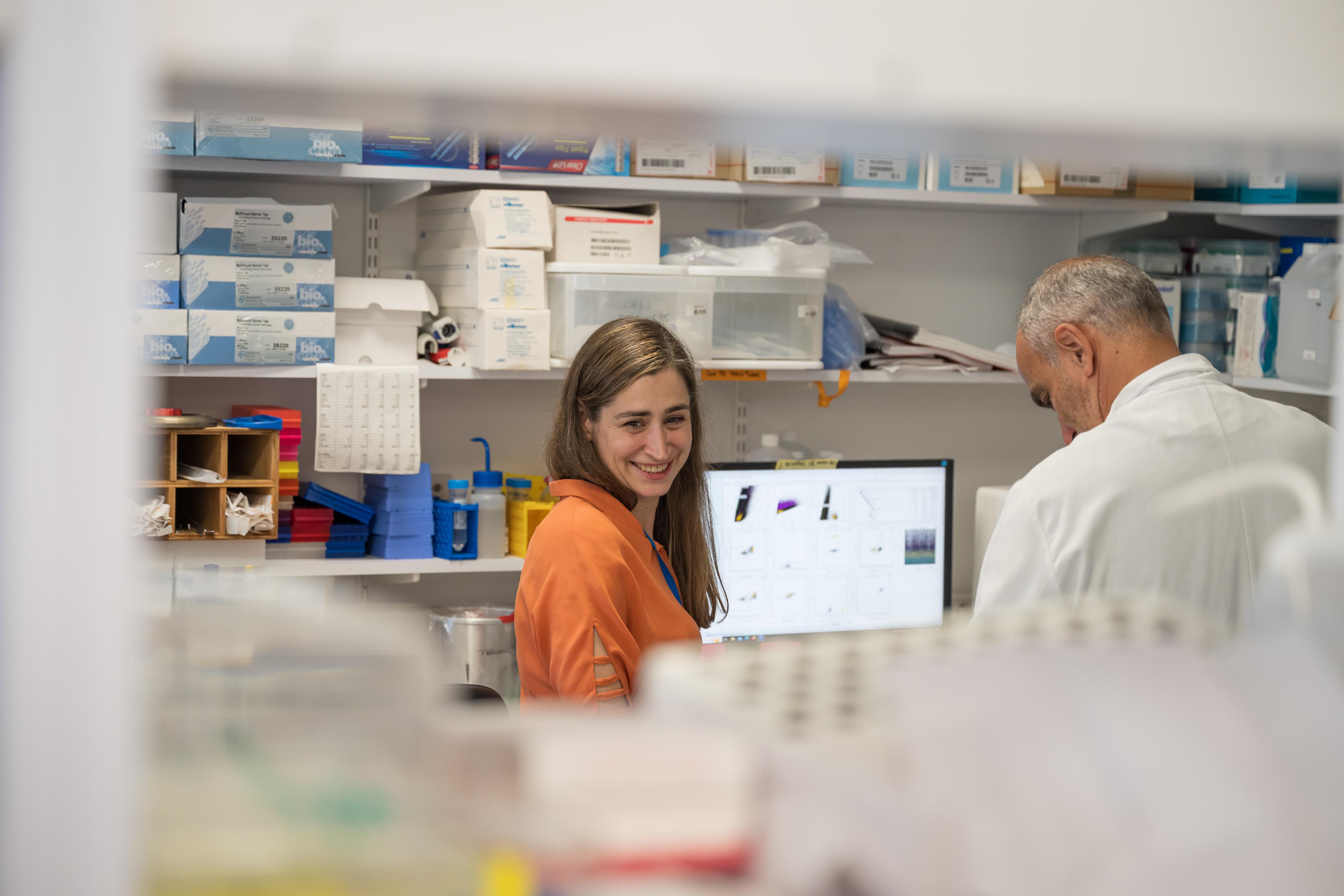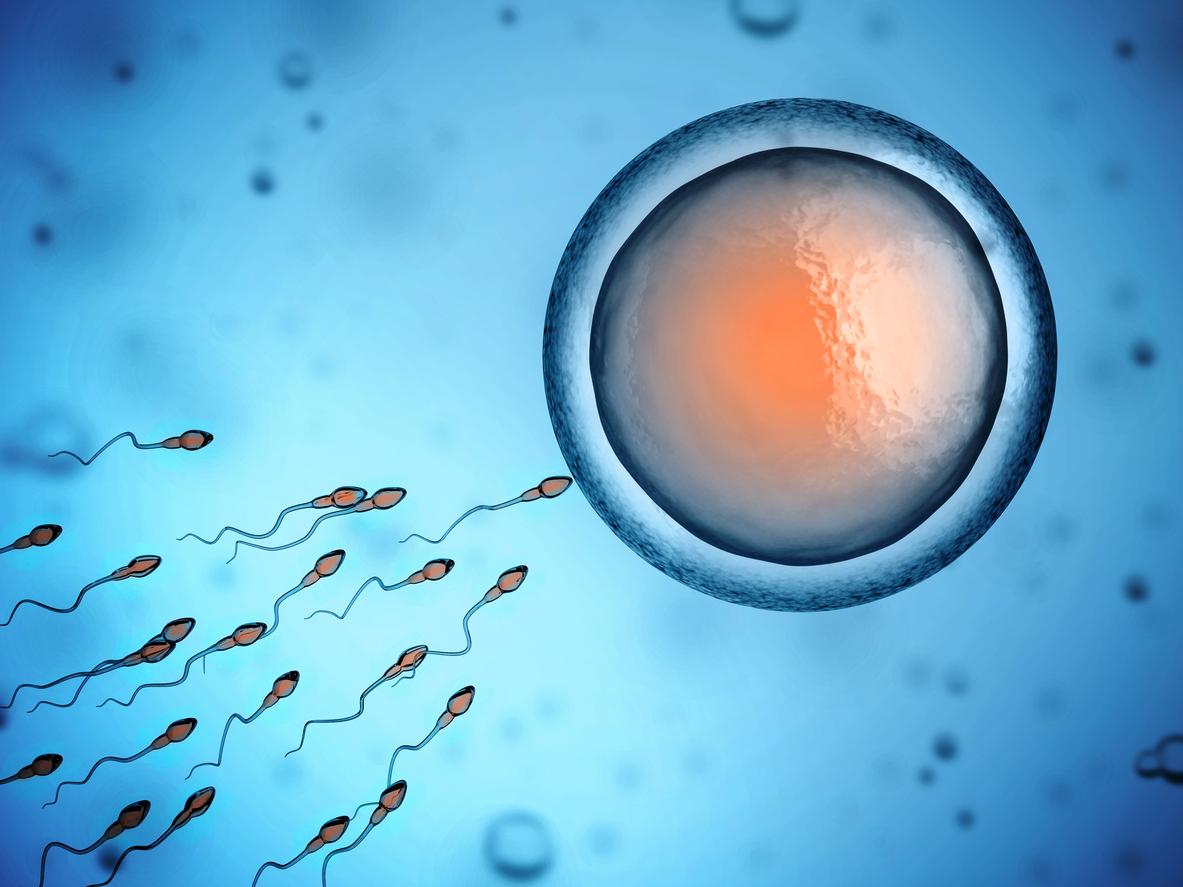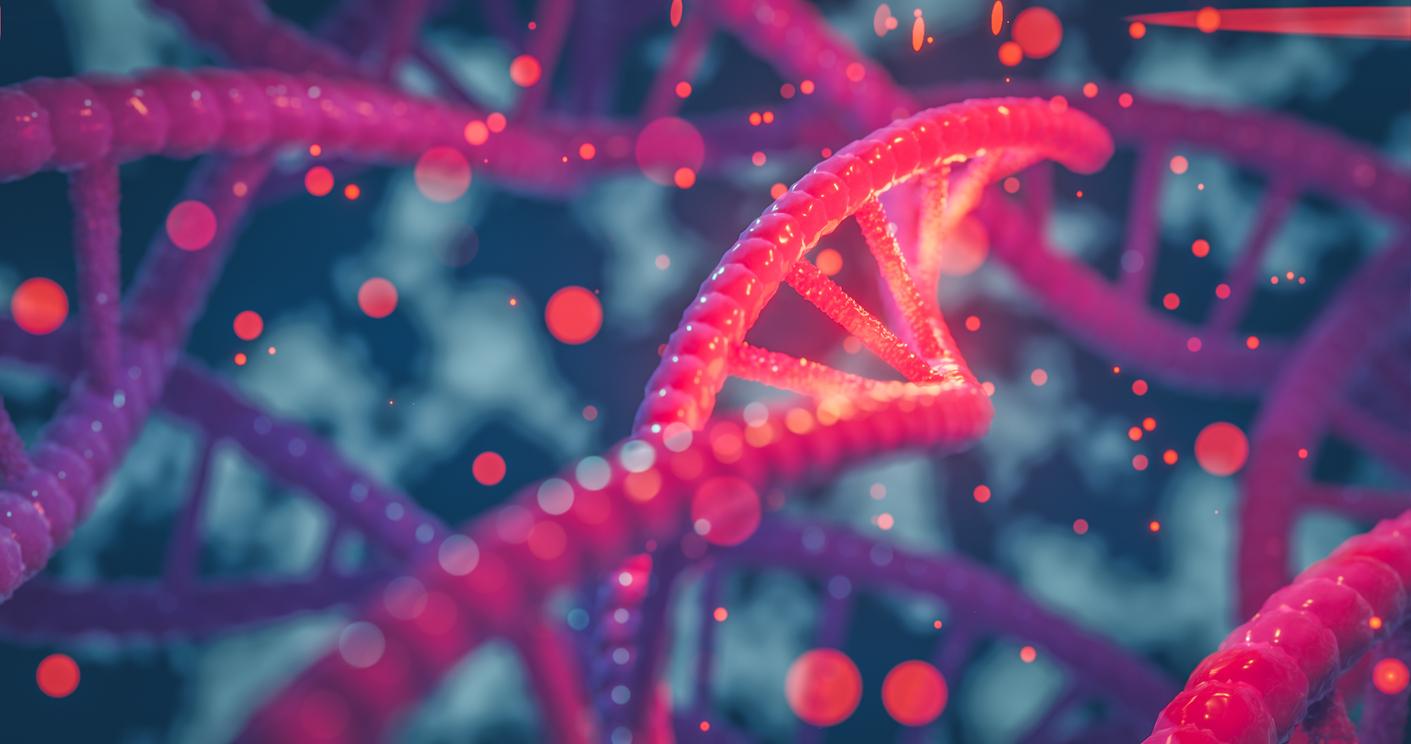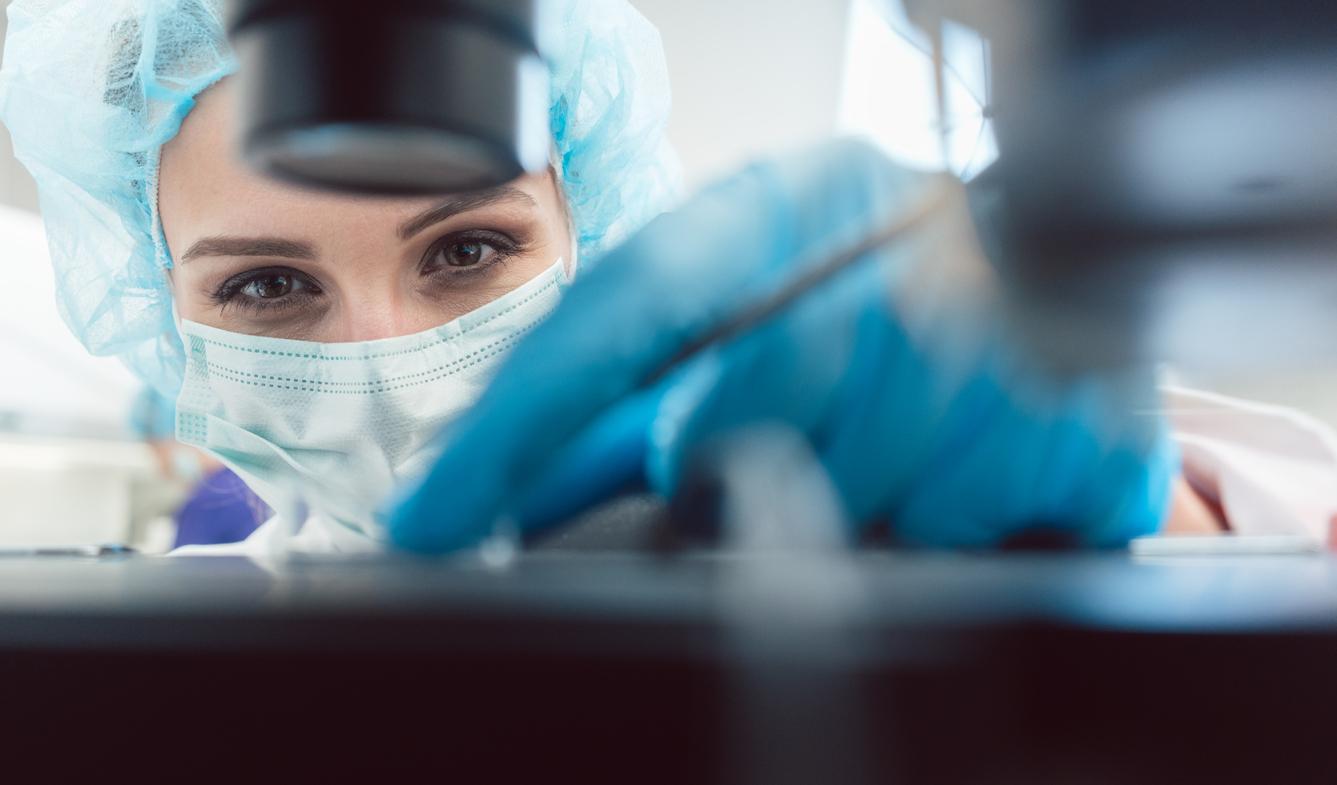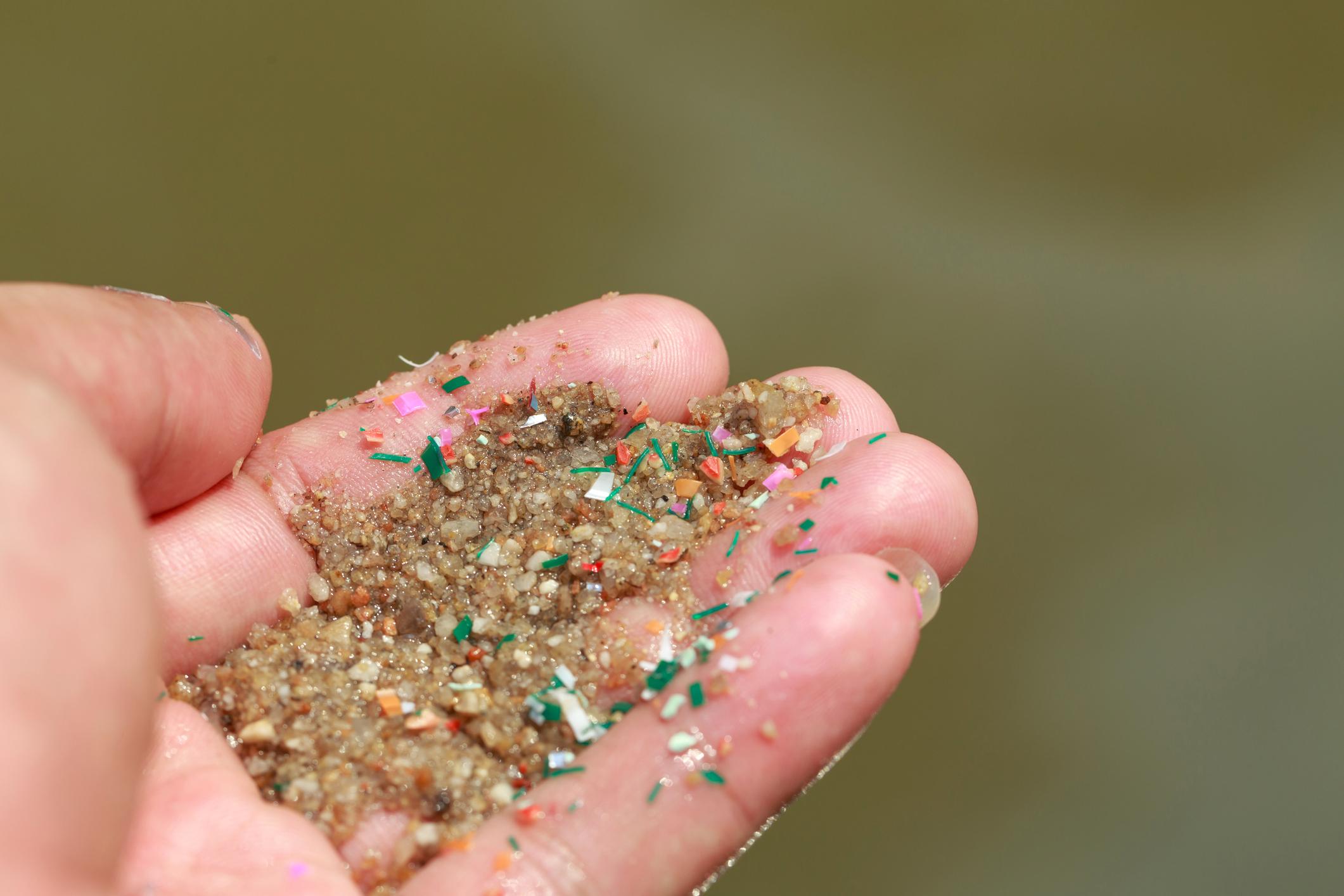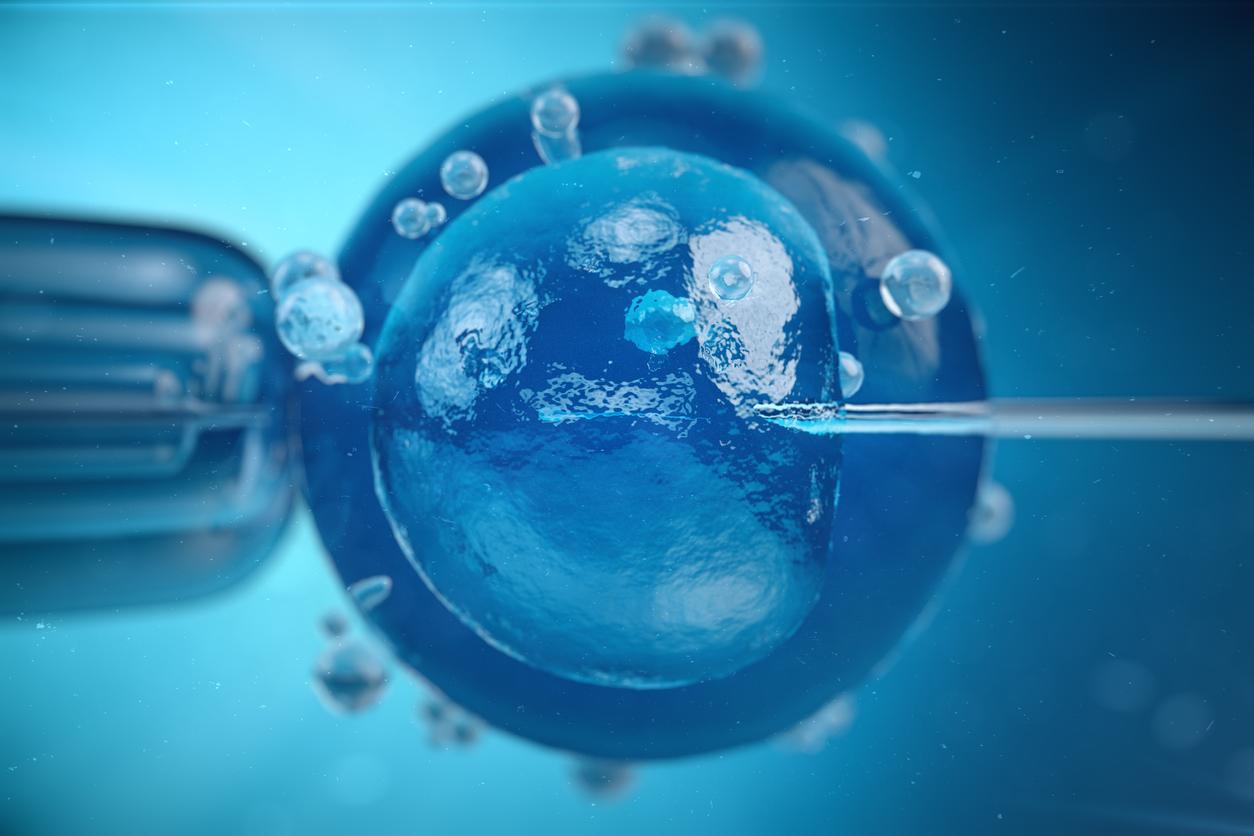Chimeric embryos were created by American researchers. They are composed partly of human cells, partly of porcine cells.

This chimera is not half lion, half goat with a dragon’s tail. She also cannot breathe fire. In fact, she hasn’t even grown enough to mature. But the facts are there: American researchers have succeeded in developing a chimeric embryo made up of human cells… and of a pig. If the mixture is not dreamy, it raises many ethical questions and medical perspectives. A dilemma that researchers recognize in Cell.
These questions may not arise for a long time. The first step, which consists in producing chimeric embryos, required titanic efforts from the team at the Salk Institute for Biological Studies in San Diego (United States). Even now, obtaining these cells in a Petri dish remains tricky. “It’s as if you were trying to reproduce a key, illustrates Juan Carlos Izpisua Belmonte, who signs this work. The duplicate is almost identical, but it does not open the door to your home. Access to chimeric tissues and organics is therefore still a long way off.
A rat gallbladder
Still, the first step has been taken. To achieve this, the researchers first worked on two relatively similar species: the rat and the mouse. The embryos of the latter were modified using the CRISPR genome editing technique, in order to delete certain genes involved in the development of specific organs. Rat stem cells were then introduced into the embryos. The objective was to see if they were able to fill this “void”. The answer is yes.
Rat stem cells developed a gallbladder in mice. As the researchers point out, the large rodent has not had this organ for several million years, which is not the case with its cousin. This conclusive result obtained, it was still necessary to apply it to human cells. For this, cows and pigs served as guinea pigs. A choice that is not due to chance. These animals are the ones whose size is closest to the human being.
Delicate synchronization
For cost reasons, the team chose to work on sows. Over four years, nearly 2,000 chimeric embryos were produced and implanted in animals. The transposition of the previous results is far from easy, since the difference between the two species is five times greater than that between the rat and the mouse. The length of gestation also varies. It takes four months to bring a litter of piglets to term compared to nine months for a human infant.
The timing of the introduction of human genes must therefore be perfect. “It is as if the cells entered the motorway by going faster than the usual motorway”, sums up Juan Carlos Izpisua Belmonte. Even a small variation can cause incidents. In order to simplify the procedures, intermediate pluripotent stem cells were used. They are able to survive and form chimeras.
But the researchers didn’t let these hybrid beings come to fruition. The gestation of the sows lasted only three to four weeks, before the embryos were destroyed. Sufficient time to observe the repercussions without raising ethical issues, they say. Because the objective is not to make the cells to form a brain or to be too human.
Embryos that are too small
In the end, 18 pregnancies will have borne fruit during this study, with a total of 186 embryos on which the “transplant” worked. But they are far from perfect: smaller than usual, they also suffer from slower development. The transplant takes, therefore, but weakly. The proportion of human cells remains low.
“The next challenge will be to improve efficiency and guide human cells to form a particular organ in the pig,” explains Juan Carlos Izpisua Belmonte. Such a success would make it possible to come closer to several therapeutic and scientific objectives: understanding the early development of humans, testing drugs. In a more distant horizon, it would even be possible to create organs as part of regenerative medicine.
Ambitious but still distant goals. Juan Carlos Izpisua Belmonte does not hide his disappointment. “We thought that developing human cells in an animal would be more fruitful,” he admits.
.







